|
The importance of the
Winton's Wood area:
The
area of Shelton previously occupied by Winton's Wood and Winton's
field is home to a significantly large number of important buildings....
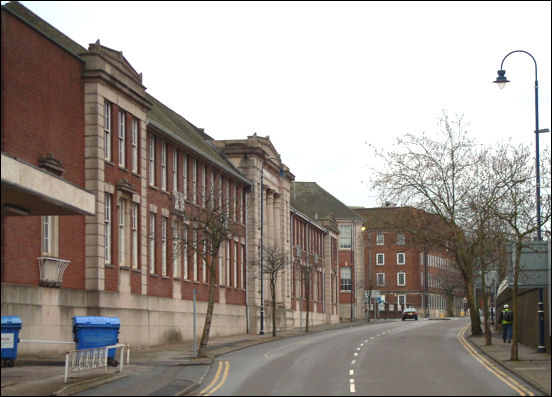
View along Station Road -
from Stoke Road end
Staffordshire
University and Federation House can be seen on the left hand side.
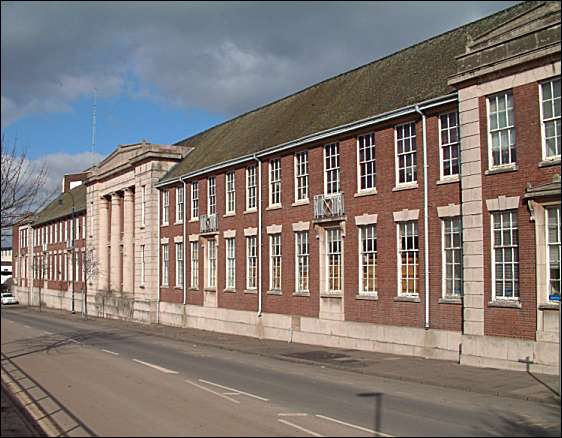
Staffordshire University,
Station Road, Shelton
The building,
designed in a Neo-Classical style opened 20 April 1914 as a mining
college
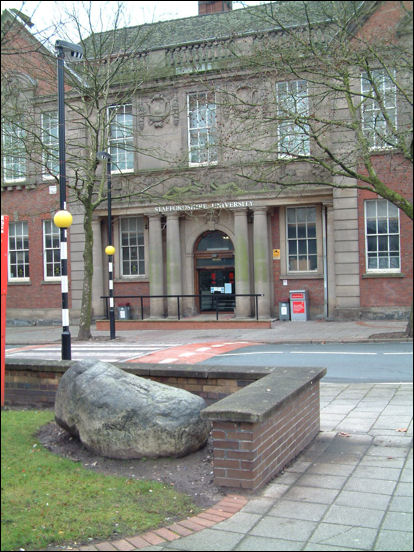
An "erratic" outside the
Regional Film Theatre, College Road
During the ice age North Staffordshire
lay beneath or close to the edge of the polar ice sheet.
When the ice melted these large boulders were left sitting
on the surface. They are called erratics because they are totally different
from the bed rock of the area. Another example can be found near to the
junction of Malthouse Road and Twigg Street in Bentillee.

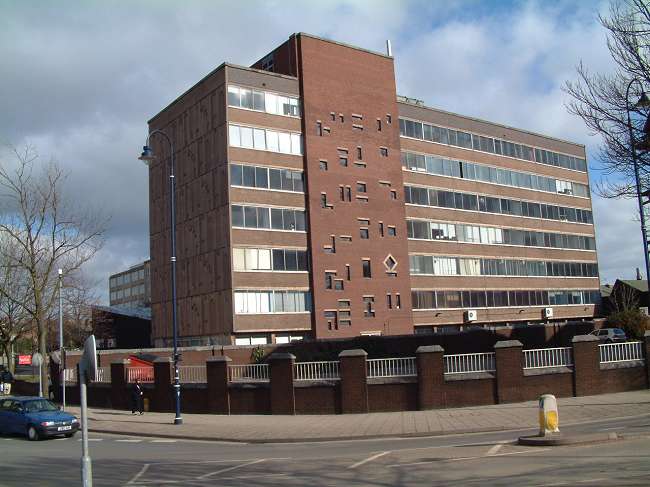
Flaxman Building, Station
Road, Shelton
The Regional Film
Theatre is housed in this building. Part of Staffordshire
University.
A Film Theatre was tucked in behind Federation House and is now
incorporated into the Flaxman Building
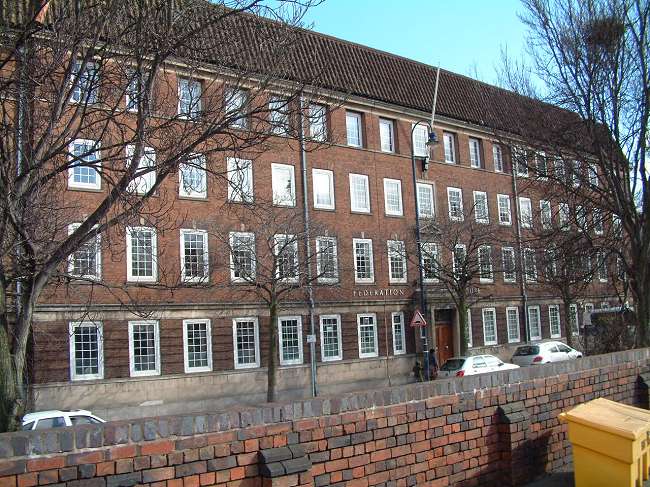
Federation House,
Stoke, Station Road
Home of: The
British Ceramic Confederation; The Potters Club [founded in 1951
to provide facilities for directors of pottery companies to
entertain overseas visitors]; British Pottery Manufacturers
Federation; Bathroom Manufacturers Association.

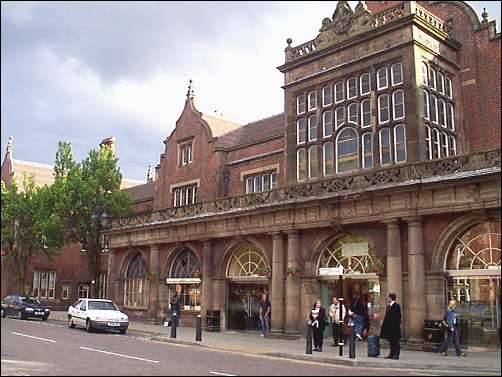
Stoke-on-Trent Railway Station
Laid out in 1847 and completed in 1848
by H. A. Hunt for the North Staffordshire Railway Company. Built in
brick and sandstone to a beautifully detailed Elizabethan and
Jacobean design.
Even that renowned critic of the
Potteries, Sir Nikolaus Pevsner (“the Five Towns are an urban
tragedy”), was suitably impressed calling Winton Square “the finest
piece of Victorian axial planning in the County”, and this has been
recognised locally; Winton Square was one of the city’s first
Conservation Areas, and is home to eight Listed Buildings.

North Stafford
Hotel
Begun in 1847 by H.A. Hunt. Elizabethan & Jacobean in style.
Constructed as an integral part of the building of Stoke Station.
|
![]()
![]()
![]()